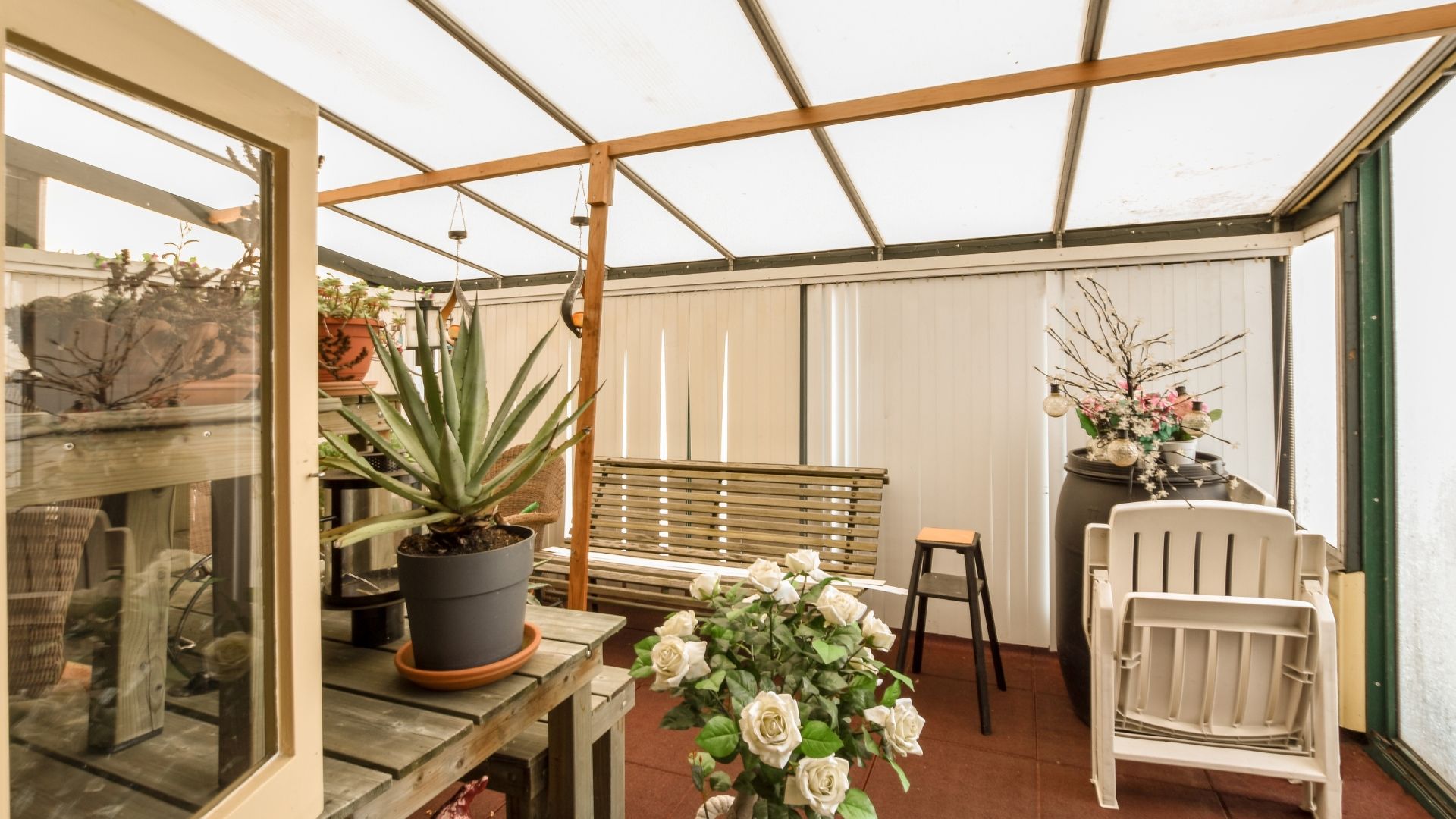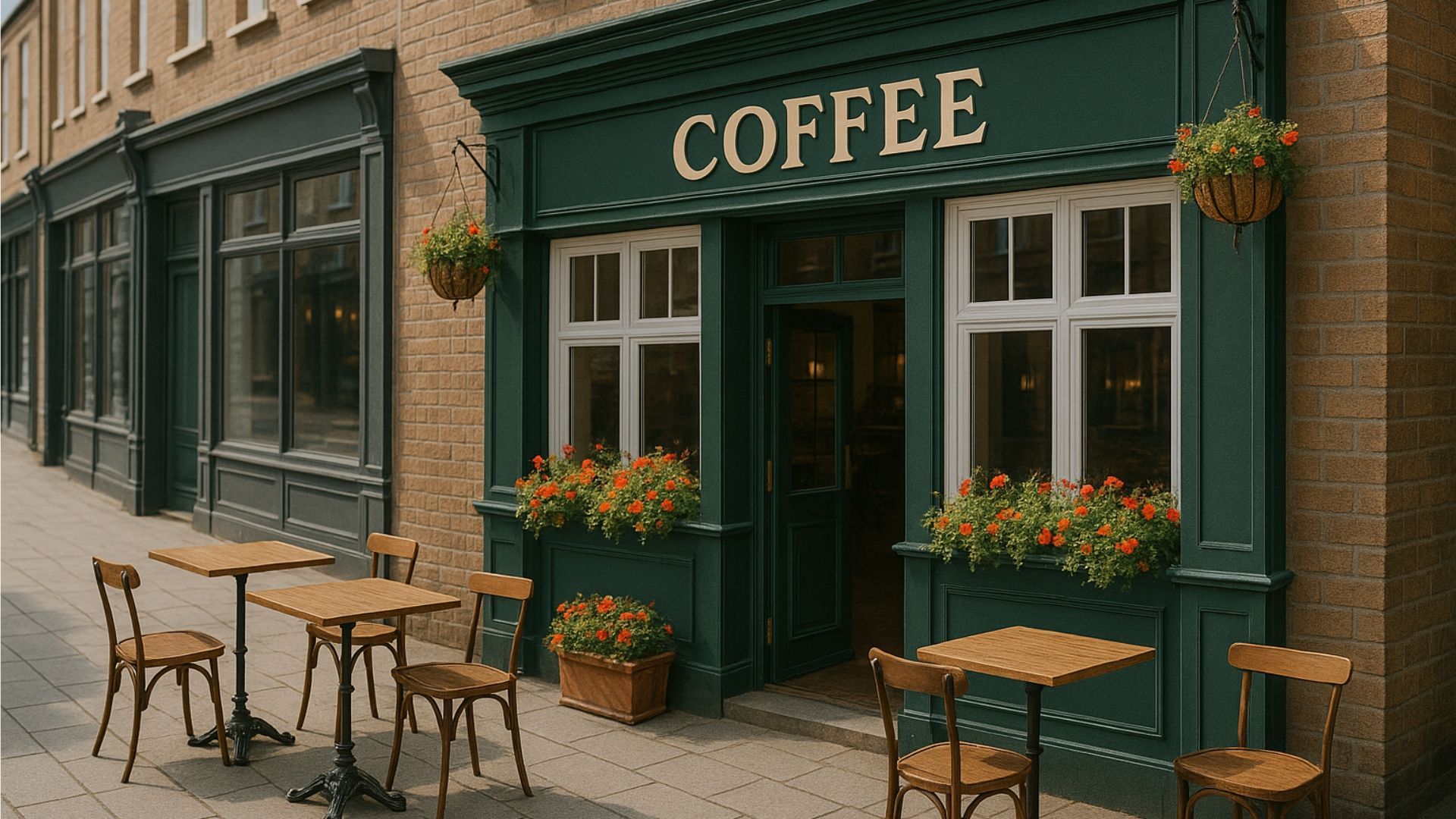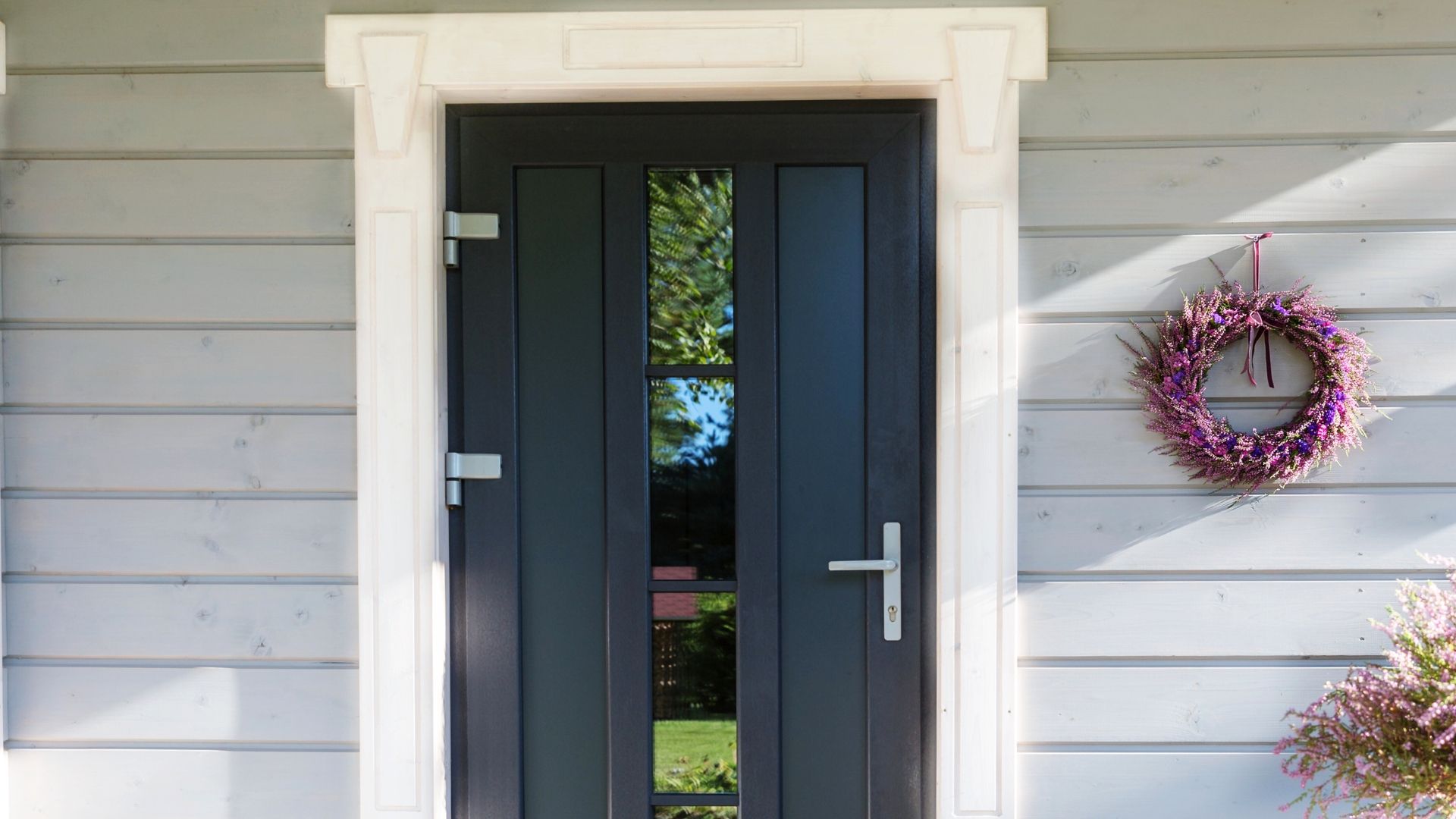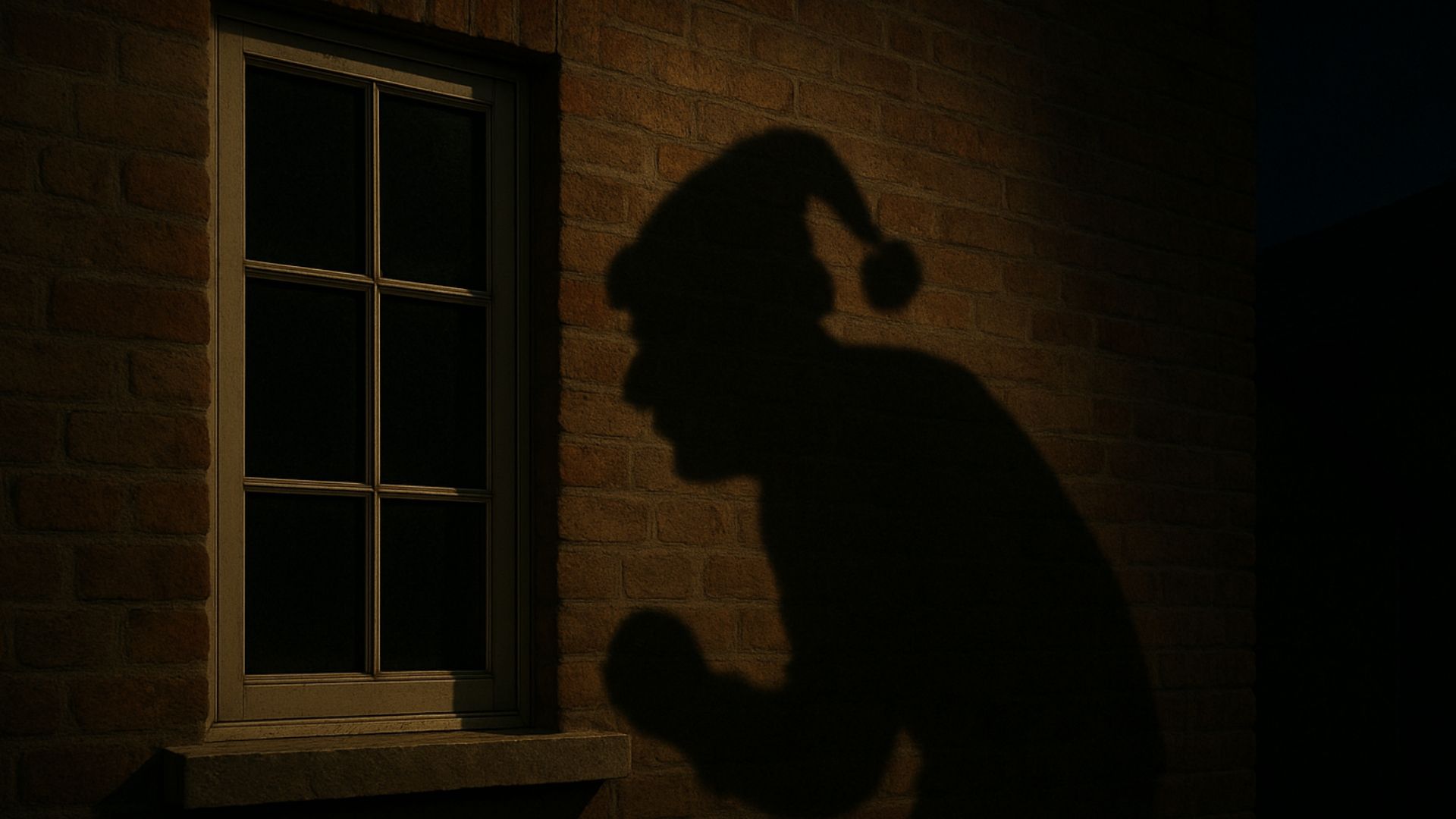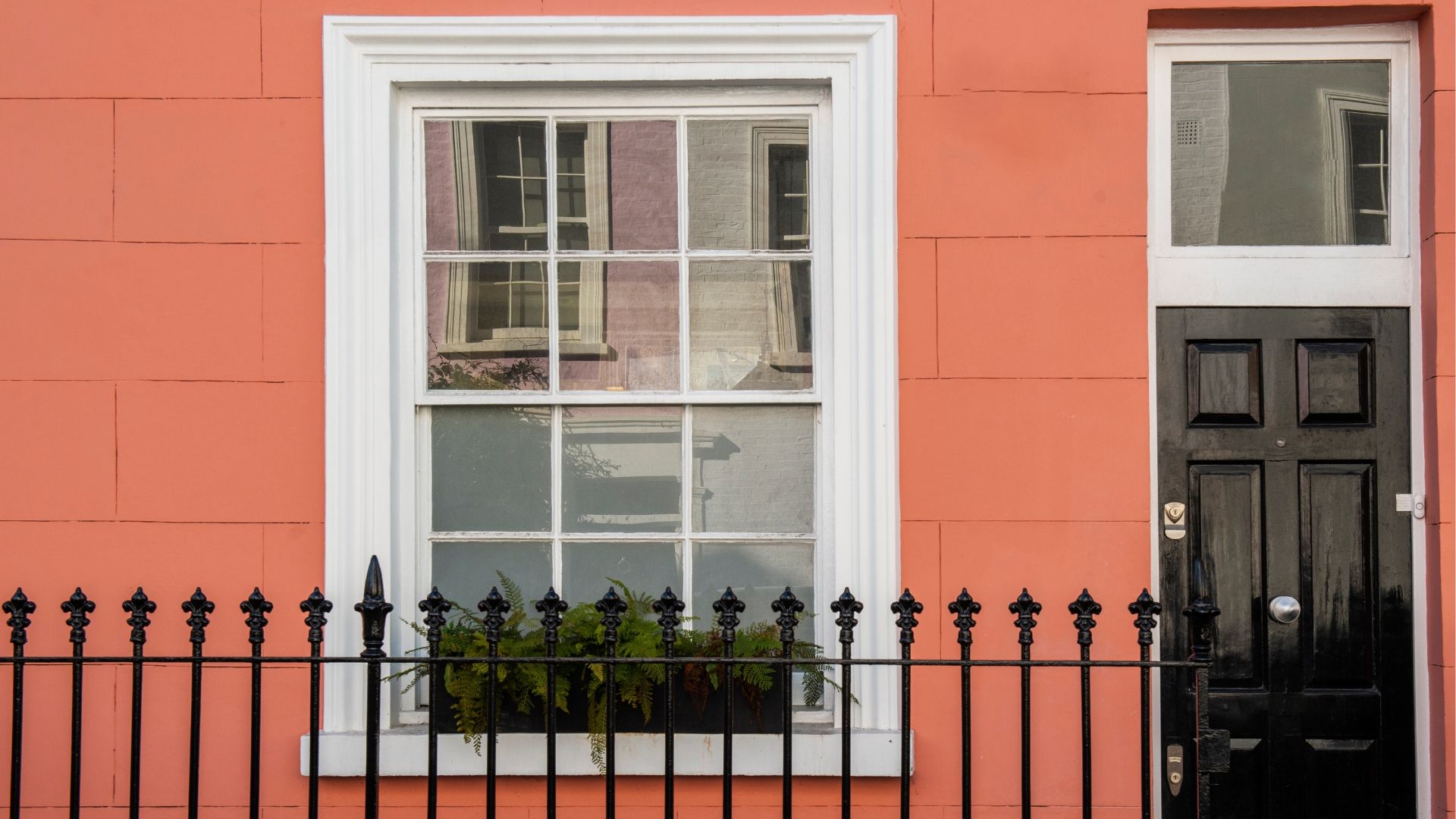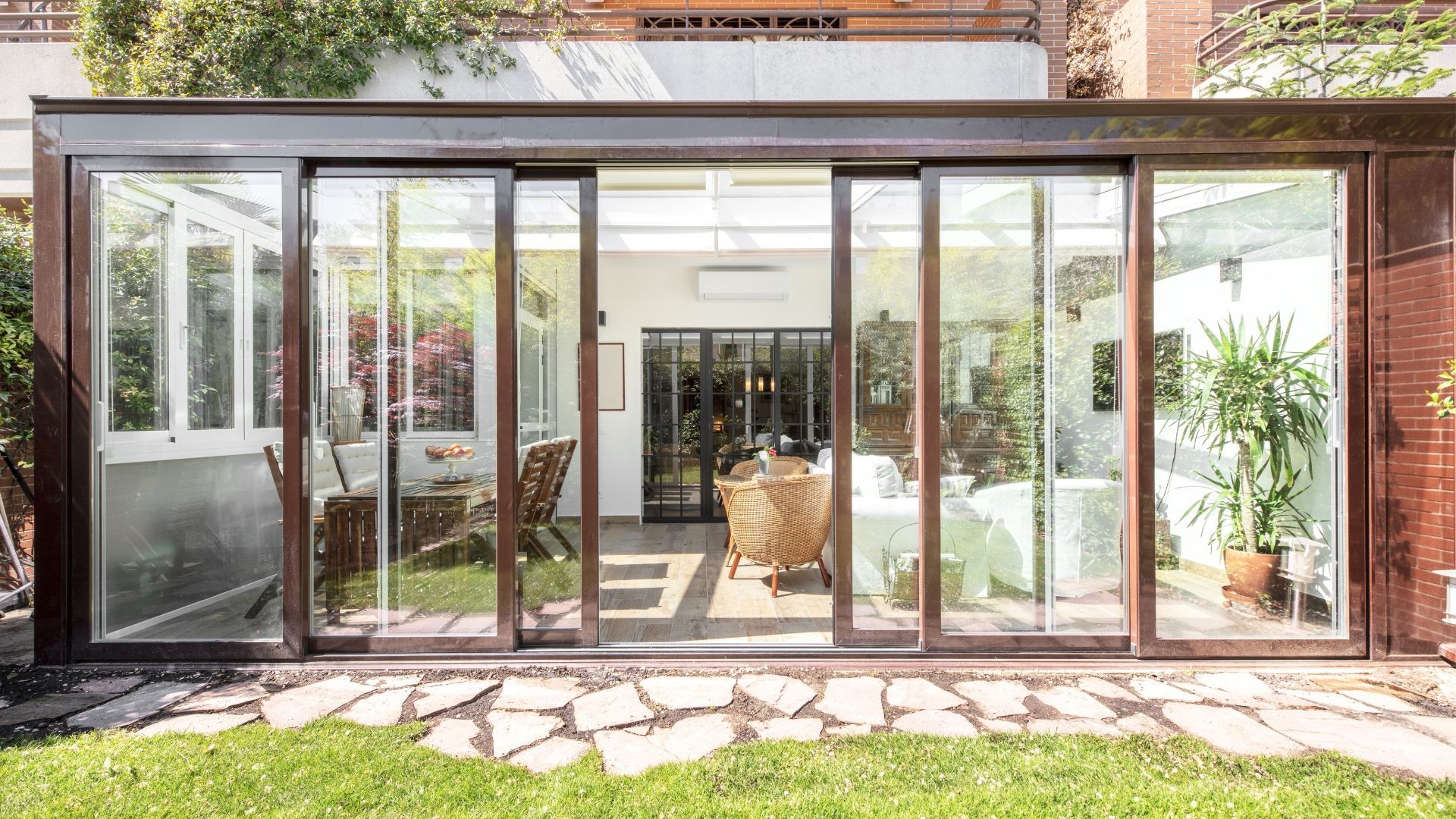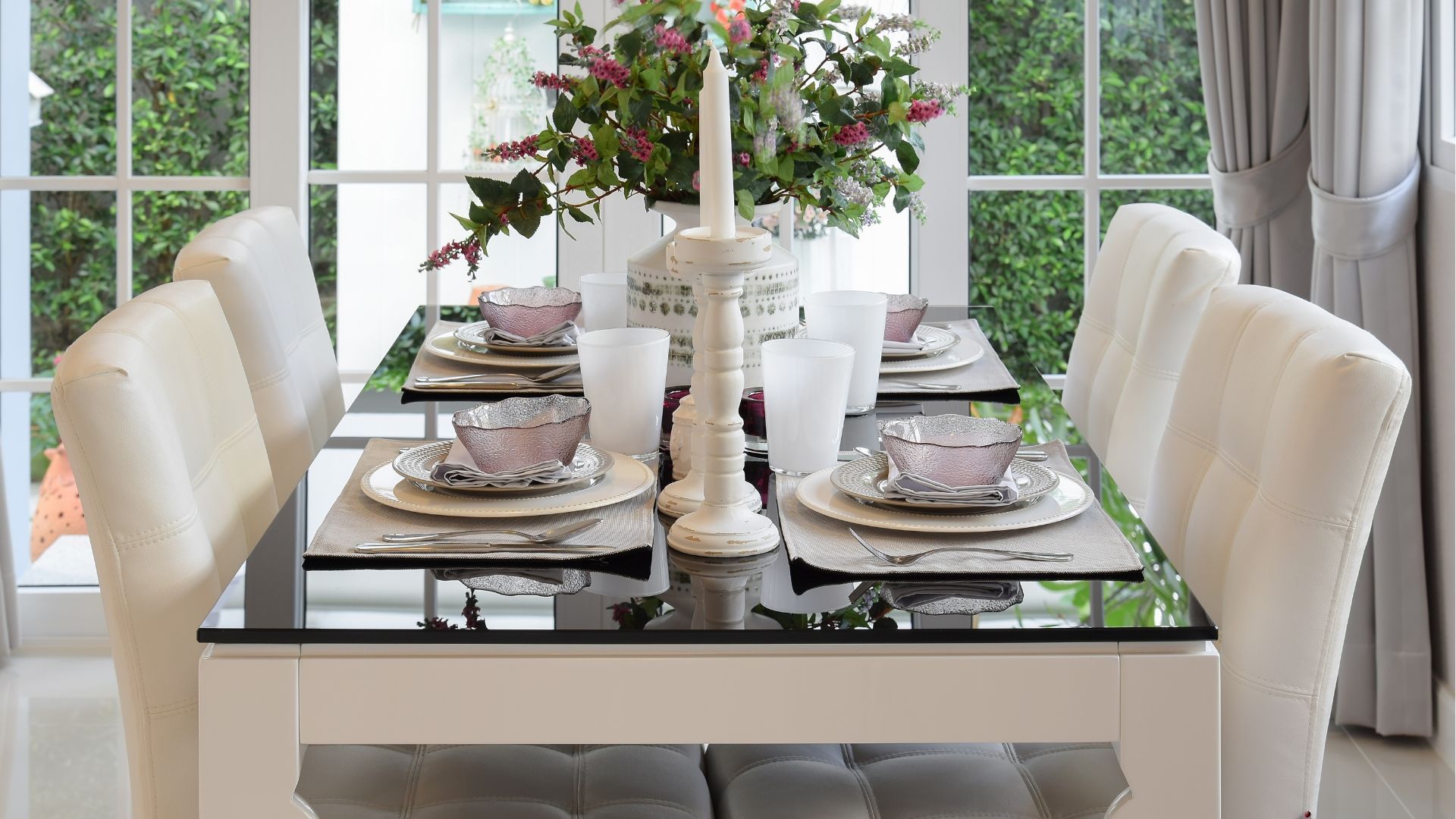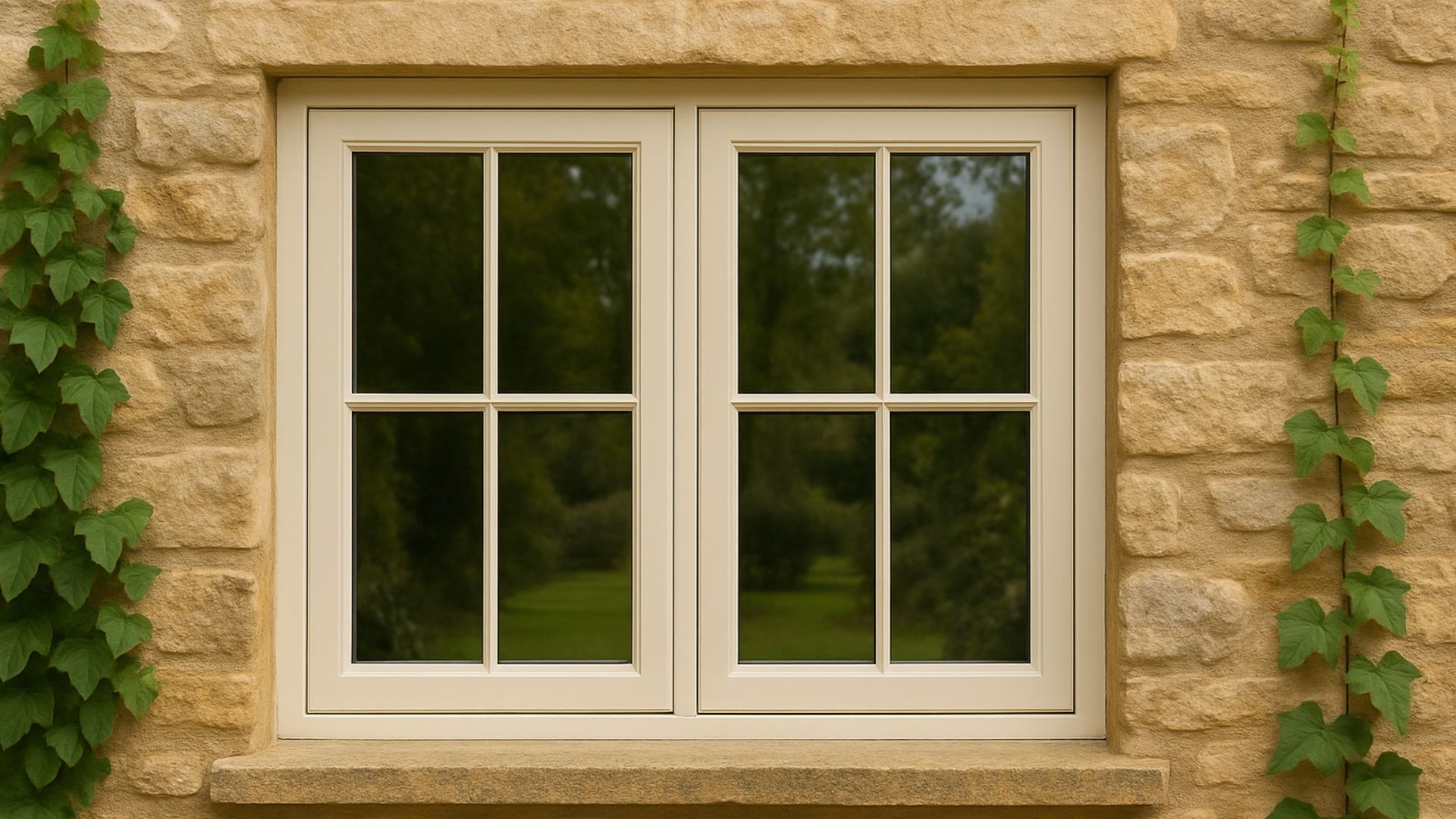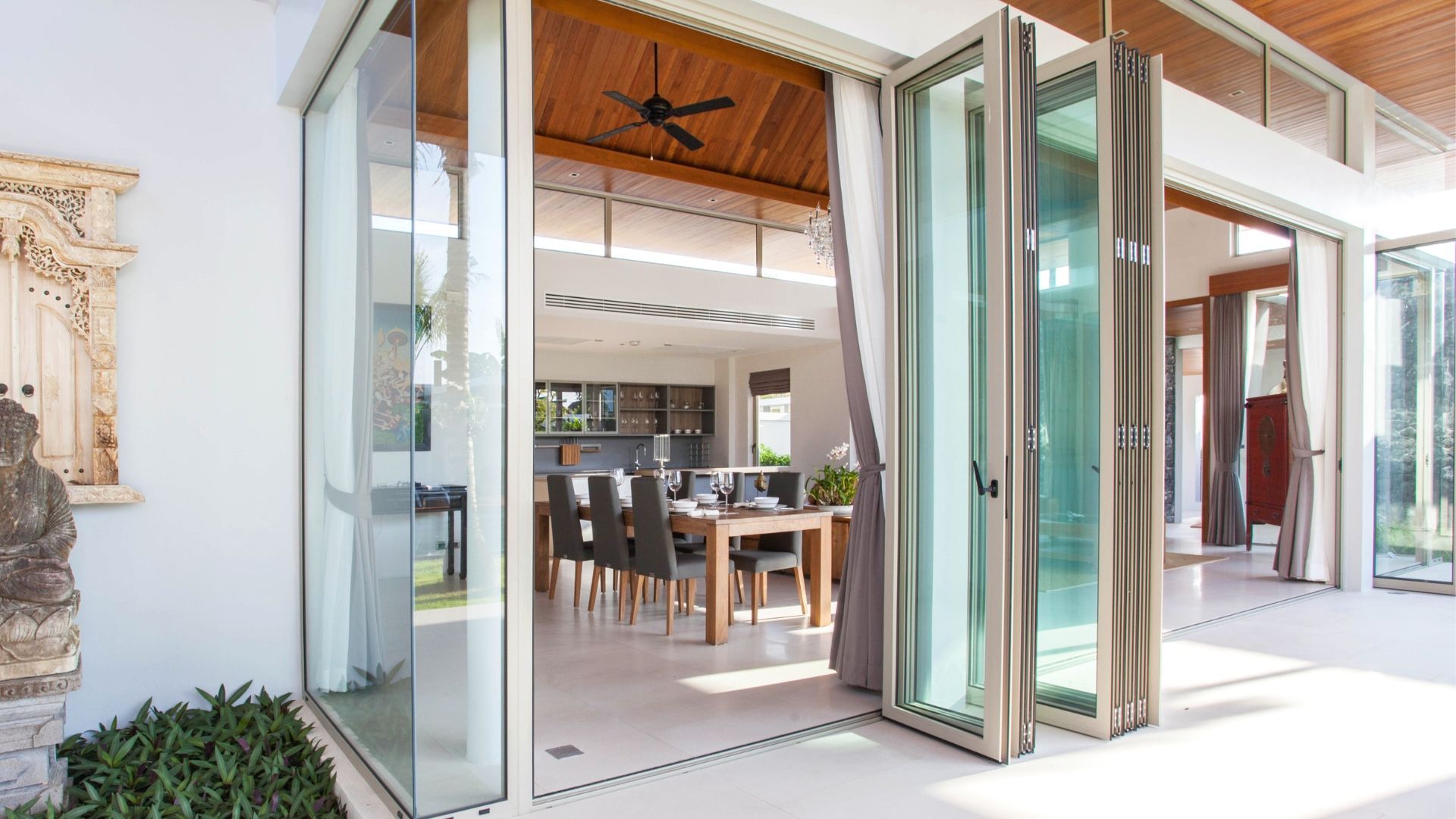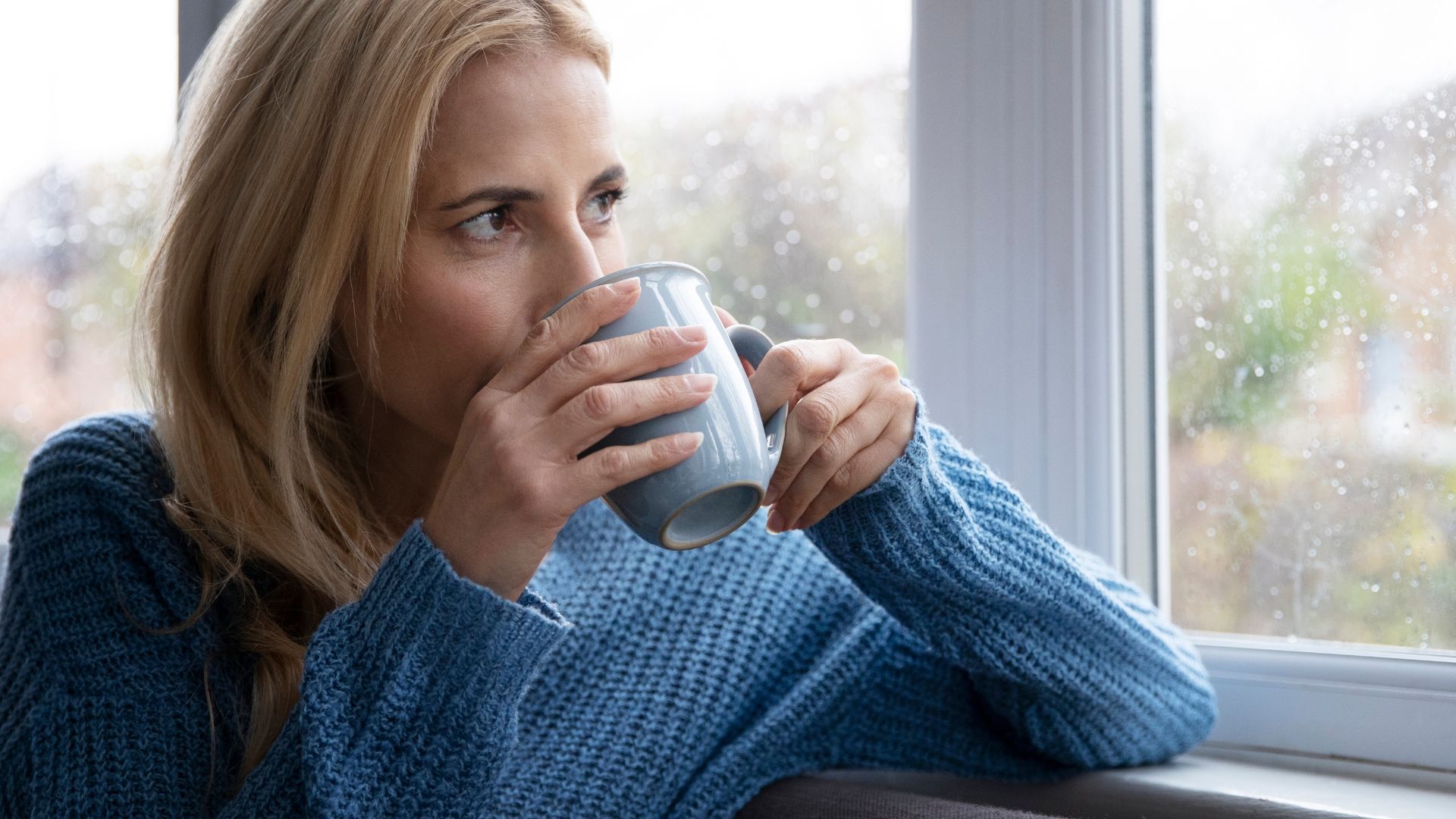How to improve energy efficiency at home
Are you looking for ways to improve your home's energy efficiency? Here are 7 positive changes you can make.
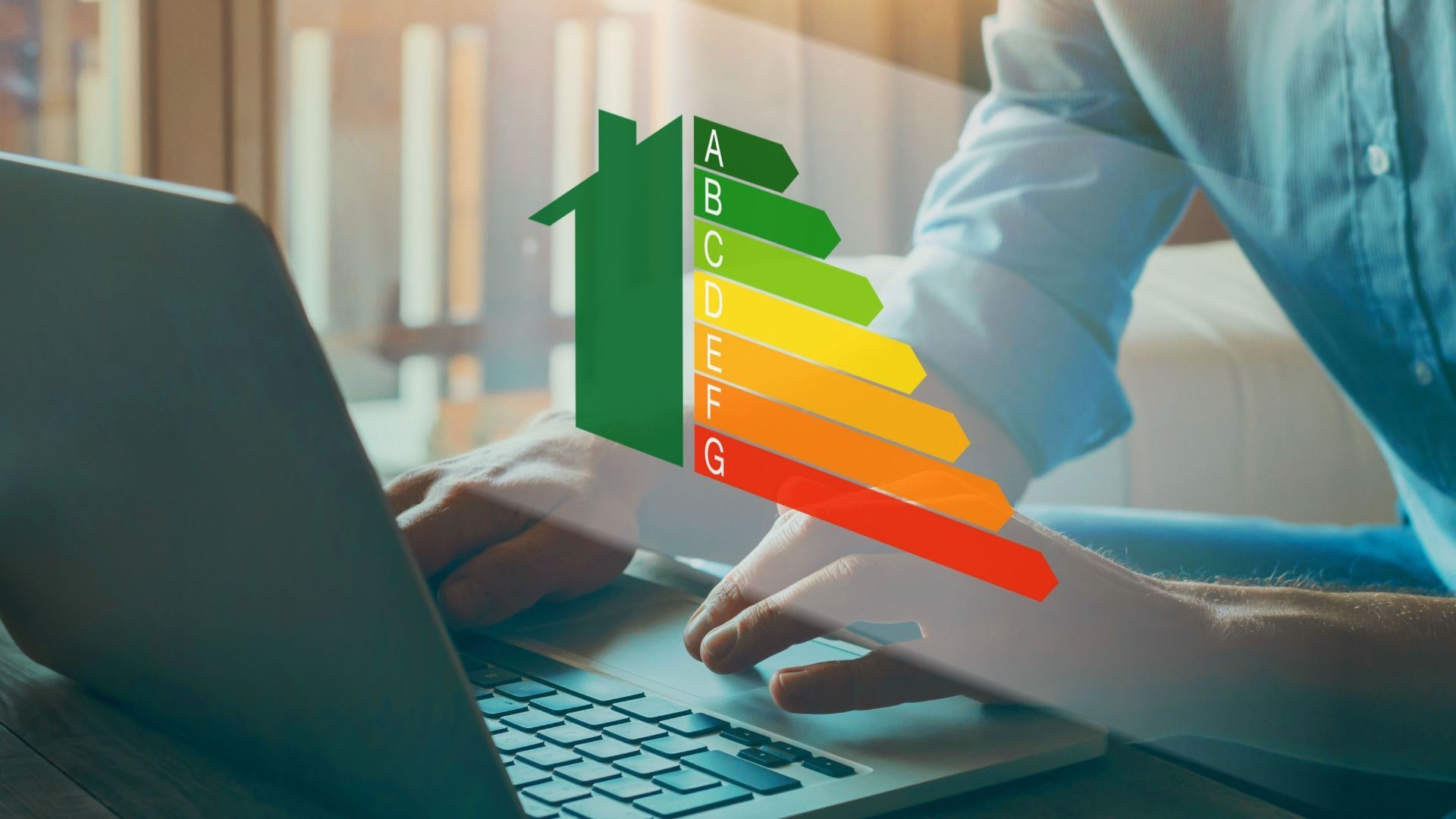
When the cost of living is high, homeowners and landlords alike are looking for ways to cut costs. And no money-saving plan is complete without considering the question of energy efficiency.
Energy efficiency isn't just one thing. It covers everything from light bulbs to draught excluders, from thermostats to windows.
At its most basic, however, energy efficiency is about getting more bang for your buck. An energy-saving light bulb, for instance, does the same job as a standard light bulb but uses less energy. And less energy means less money on bills.
But saving money isn't the only reason people are pursuing energy efficiency with more enthusiasm than ever. It's also because energy efficiency forms a key part of green strategies, sustainability initiatives and other forms of environmentalism worldwide.
In other words, improving your household or property's energy efficiency can cut your carbon footprint as well as your energy bills. It's a win-win situation – but how do you make a start? Here are seven options you could explore.
1. Check your heating controls
Did you know that the controls on your boiler and thermostat can make a difference to your annual energy spending?
MoneySavingExpert reports that "dropping the temperature by one degree could save around £90 a year on average for a typical home".
Savings can also be made by reducing the flow temperature on a combi boiler. Done right, this means the water heating your radiators is hot enough to warm your home but less hot than most in-built settings.
On its own, tweaking your heating controls won't make a noticeable dent in your energy bills. But as part of a broader strategy, it can help improve your home's energy efficiency.
2. Know how much you're spending
It's not immediately obvious how much you're spending on electrical appliances. But until you find out, it'll be hard to make meaningful changes to your usage and to your appliances' energy efficiency.

Citizens Advice has a handy guide to the average cost of using appliances and simple ways to save money in this area.
These include checking your tariffs and finding out whether there are cheaper times of the day to use your appliances.
As well as checking the cost of your appliances, you can also look into using energy-saving light bulbs. Be aware, however, that some energy-saving light bulbs are more energy-saving than others.
3. Block draughts
If your home has a draught, it's not just air that's trickling away – it's money, too.
That's because you'll likely compensate for the draught by cranking up the heating. Instead, you should tackle the problem at its root by draught-proofing your floor, window, chimney or door.
We've shared a few ways to draught-proof uPVC windows before. If the window is old and draughty, however, you may want to upgrade it to a more modern, energy-efficient model.
4. Don't use portable heaters unless you absolutely have to
If your heating is broken, it can be tempting to use portable electric heaters. But if energy efficiency is your aim, you should only do this as a temporary measure while waiting for the repair.
Portable heaters, you see, are much more expensive to use than central heating. They have their uses, especially if you need a short blast of heat. But as a long-term solution, they're bad for your energy bills and your carbon footprint.
5. Bleed your radiators
Left unchecked, radiators can fill with trapped air. This leads to cold spots at the top of the unit and stops it from fully heating up. The result? You're paying more money than necessary to heat your home.
The solution is to bleed your radiators. This involves releasing the trapped air and restoring the unit's original functionality.
You know it's time to bleed a radiator if:
- It's taking longer than usual to heat up
- It gurgles
- You can feel cold spots at the top
6. Make home improvements
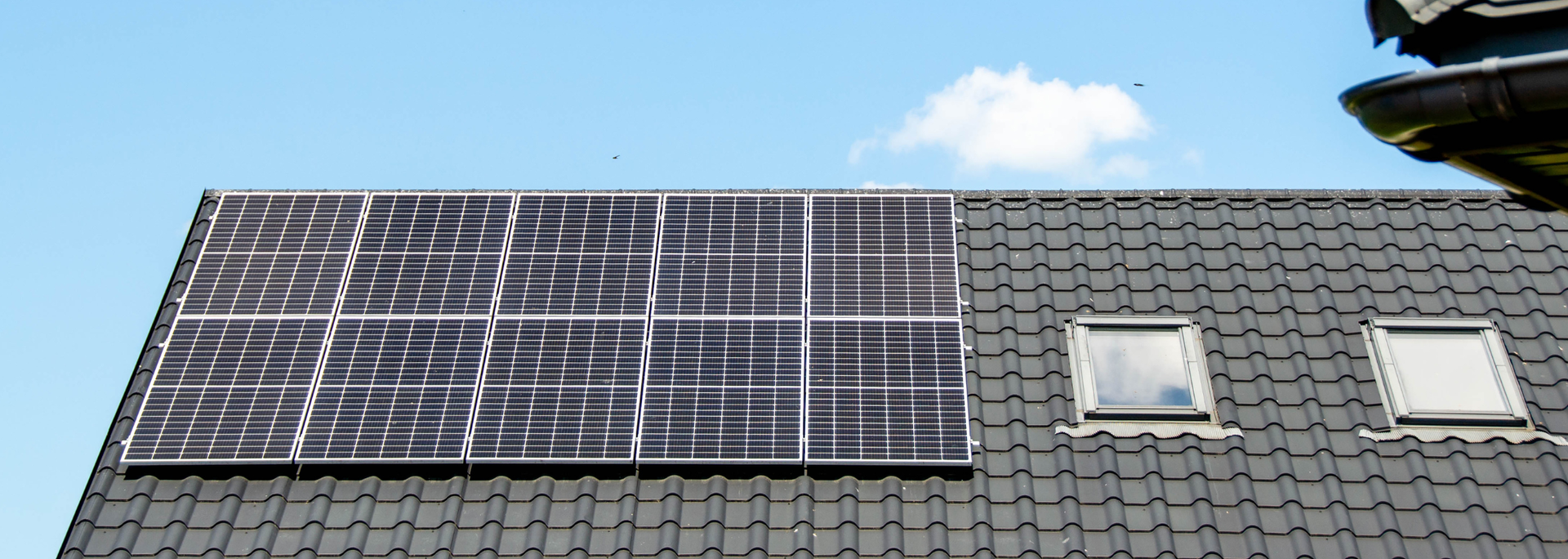
So far, we've looked at changes you can make to appliances and draughts in your home. But you can also improve its energy efficiency by making more substantial home improvements – and increase your home's value in the process.
There are two key ways to go about this. The first is to improve your home's insulation, whether in the walls, floors or attic. Windows, too, have insulating properties.
Secondly, you can explore alternative heating methods like solar panels or heat pumps. These require a high initial outlay but can help you save in the long run.
If you're a homeowner, you can make these changes yourself. If you're renting, you could ask your landlord to do it. It's worth noting, however, that if a private landlord makes home improvements, it may be reflected in a rent increase.
7. Upgrade your windows
Finally, there's our speciality: the energy-saving world of windows.
Once upon a time, windows were fairly flimsy. For all their advantages, they weren't great at keeping the heat in – or out.
Today's windows are another story. They're built to be energy-efficient and to help regulate your home's temperature all year round.
Despite this, many homes still have old-school windows that do nothing but bump up bills. If this is the case in your home, we can help.
We provide double and triple glazing as well as uPVC frames. These modern units create a tight seal and stop the heat from escaping.
But our windows aren't just energy efficient. They're also cost-effective and secure, with multi-point locking systems as standard and U-values as low as our prices.
At Calder Windows, we've installed, repaired and replaced windows in Yorkshire for more than 30 years. Looking for high-quality uPVC replacement windows to boost your home's energy efficiency? Get in touch today to discuss your needs and request a quick, competitive quote.
Get a FREE quote
Are you on the lookout for uPVC window fitters in Wakefield or West Yorkshire? With over 30 years' experience and an extensive range of uPVC windows, we can help. Request a quote today or apply for finance and spread the cost.

